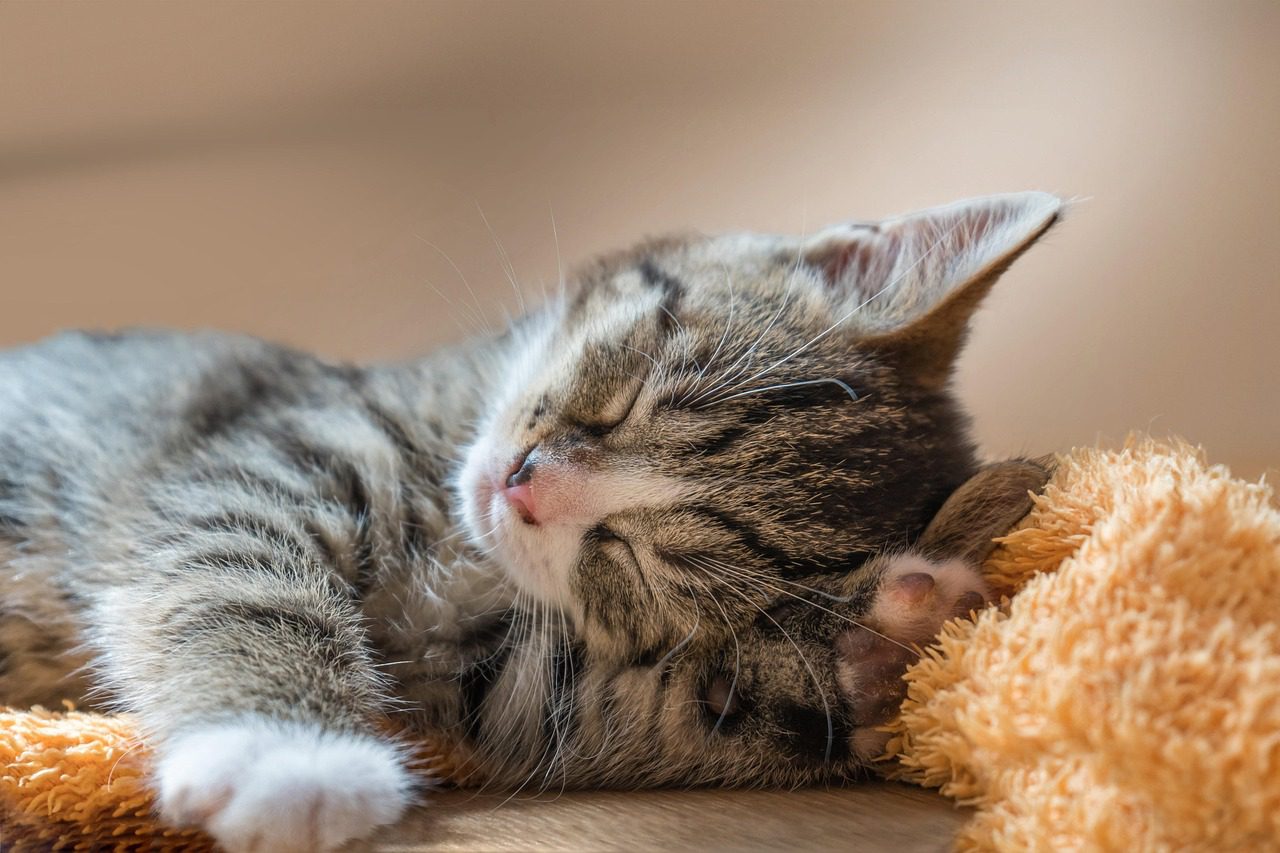There’s no room for dropped stitches when you’re working ona poorly pet!
I spent six years at University learning how to be a valuable member of my profession. Much of that time was spent studying sometimes fairly dry theoretical topics such as Pathophysiology and Biochemistry. But occasionally, especially in the later years, I escaped the lecture halls during holidays to ‘see practice’.
Most of the Vets I watched and worked with were brilliant, giving me a chance to stretch my brain and try out my new skills. I tried to repay their trust by being as helpful and hardworking as I could. Sometimes the best I could do was make regular cups of tea and keep out of the way, but occasionally I could help in a more practical way.
I had been seeing practice in a very large mixed practice in Huddersfield for some weeks, when the senior partner asked me to stitch up a small wound on a rabbit’s face. He assigned me a senior nurse to manage the little one’s anaesthetic (and keep an eye on me), and promptly disappeared.
I had had my lectures on suture patterns, and it had all made sense to me. I used to make my own clothes so had a bit of a head start on some of my male counterparts who were completely bemused by the horizontal mattress suture pattern (running stitch) let alone the Ford interlocking suture pattern (blanket stitch)! But this was my first ever opportunity to put that theory into practice on a live animal.
In those days we used nylon on a reel not unlike fishing line, but sterilised to remove all the germs. Lengths of this were cut off by the surgeon as needed, and then threaded onto a needle. Again, this was no problem to an experienced seamstress like myself.
However, the trouble began when I had to hold the needle in surgical instruments rather than my fingers – how I wished I had practised more back at Vet School! Then I discovered that my patient was a male bunny.
Adult males have exceptionally tough skin around their jowls, and the re-usable threadable needles I was offered turned out to be quite blunt. Or perhaps the problem was my technique? Either way, I was mortified when I bent the needle completely at a right angle. This never happened to the qualified vets I had watched so carefully!
In the end I did manage to successfully and neatly suture the wound, but I was on to my fourth needle and had sweated a good pint before it was all over!



